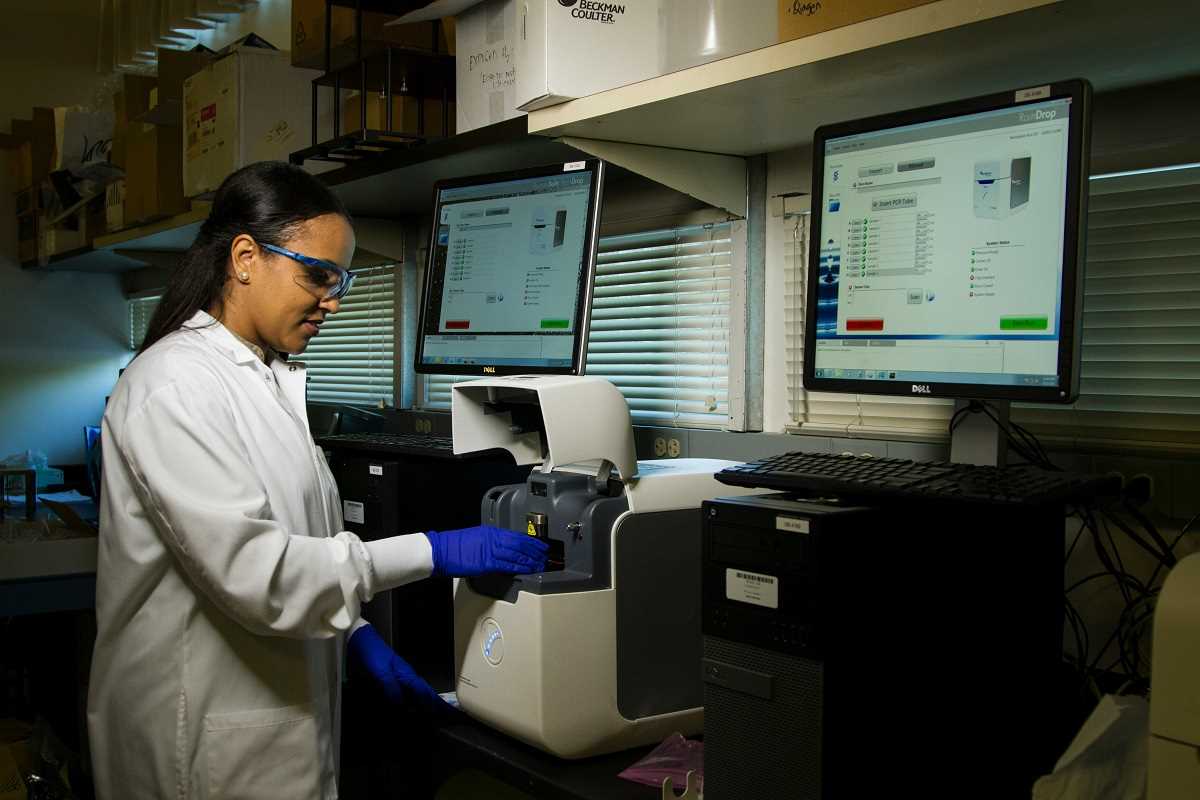Virtual Reality (VR) technology is revolutionizing healthcare by improving the way professionals are trained and enhancing the patient experience. With its ability to create immersive, realistic environments, VR offers opportunities that were once unimaginable. From helping medical students perfect their surgical skills to easing patient anxiety during treatments, VR is proving itself as a powerful tool in modern healthcare. This article explores how VR is being used in medical training and patient care, with examples of the tools and platforms currently making an impact.
Immersive Training for Healthcare Professionals
Training healthcare professionals is one of the most critical applications of VR technology. Medical education traditionally relies on lectures, textbooks, and hands-on practice on real patients or cadavers. While these methods are effective, they come with limitations such as availability of resources, ethical concerns, and the complexity of certain medical scenarios. VR addresses these challenges by offering practical, risk-free environments that allow learners to practice and perfect their skills.
Surgical Simulations
For surgeons, mastering procedures often requires years of experience. VR allows surgeons to practice complex surgeries in a virtual environment where mistakes serve as learning opportunities, not risks to patient safety. Tools like Osso VR are at the forefront of surgical simulation. Designed for orthopedic and general surgery training, this platform provides a library of realistic scenarios with precise anatomical models. It tracks user performance and creates detailed feedback to improve technique, making it an invaluable resource for both trainees and seasoned professionals looking to refine their skills.
Similarly, Surgical Theater integrates VR with actual medical imaging, such as CT and MRI scans, to create detailed 3D models of a patient’s anatomy. By using this immersive system, surgeons can plan and rehearse procedures in advance. This leads to higher confidence and better outcomes in operating rooms.
Skills Development and Team Training
Beyond individual skill-building, VR enables comprehensive team training. Healthcare is often a collaborative effort, requiring synchronization among different roles. VR scenarios allow entire teams to train for emergencies or complex patient care situations. For instance, MedVR specializes in simulations for trauma response and emergency scenarios. Providers can practice crisis management in a virtual ER, ensuring everyone knows their role in high-pressure situations.
Additionally, VR platforms like Touch Surgery help students and healthcare workers develop their procedural skills across a wide range of specialties, including cardiology, neurology, and OBGYN. The platform provides step-by-step visual and interactive guidance for learning surgical techniques and other medical procedures.
Understanding Complex Conditions
One lesser-known but equally important use of VR is in helping professionals and caregivers understand certain medical conditions or disabilities. Tools like Embodied Labs provide VR simulations that mimic the effects of conditions like Alzheimer’s disease or vision impairment. Experiencing life from a patient’s perspective can make healthcare workers and caregivers more empathetic and better equipped to provide compassionate care.
Enhancing the Patient Experience
While VR’s advantages for professionals are clear, its impact on patient care is equally impressive. By providing immersive and interactive experiences, VR helps ease anxiety and pain, improves recovery outcomes, and makes healthcare more engaging and personalized.
Reducing Anxiety and Pain
One of the simplest but most effective uses of VR is in managing patient anxiety during medical procedures or treatments. Many hospitals and clinics now use systems like Virtual Reality for Relaxation by companies such as AppliedVR. Designed to transport patients to calming virtual settings, these platforms can distract patients from procedures like chemotherapy, blood tests, or even dental surgeries.
For pain management, VR offers promising solutions. Chronic pain patients, for example, can use platforms like PainCare VR to engage in relaxation exercises or games that shift their focus to positive stimuli. Studies show this approach can help reduce the perception of pain and even decrease reliance on medications.
Rehabilitation and Physical Therapy
Physical rehabilitation is another area where VR is making strides. Platforms like MindMotion GO are designed for patients recovering from neurological injuries, such as stroke. This VR system offers exercises tailored to individual needs, helping patients regain motor skills and track progress. The interactive and game-like nature of these systems encourages patients to participate actively in their therapy, ultimately speeding up recovery.
Similarly, VRPhysio is a platform that integrates physical therapy routines into a VR environment. Patients performing exercises feel more motivated and engaged, leading to improved compliance and better outcomes.
Exposure Therapy for Mental Health
VR has also emerged as a powerful tool for mental health care. Exposure therapy, a common method for treating anxiety and PTSD, can be conducted safely and effectively in VR. Systems like Bravemind, developed by the University of Southern California’s Institute for Creative Technologies, provide controlled virtual environments for patients to confront and overcome trauma. These therapy sessions adapt to each patient, allowing them to progress at their own pace.
For phobias, platforms like Psious VR expose patients to controlled simulations of triggers, from fear of heights to social anxiety. These experiences are paired with techniques like breathing exercises to help patients feel in control and manage their symptoms.
Pre-Surgical Visualization for Patients
Some hospitals now use VR to prepare patients for surgeries or treatments. By creating 3D virtual models of their anatomy, tools like the previously mentioned Surgical Theater allow patients to visualize their condition and understand the procedure. This education helps demystify the process, reduces anxiety, and promotes informed decision-making.
Tools Driving the VR Revolution in Healthcare
The VR platforms discussed above represent just a fraction of the tools available for medical training and patient experiences. Other noteworthy examples include:
- HTC Vive and Oculus Systems: Though known for entertainment, these VR hardware systems are widely used in medical settings for delivering high-quality simulations and immersive experiences.
- SimX: A VR medical simulation platform used for training scenarios ranging from routine procedures to rare, life-threatening conditions. It’s particularly favored by medical schools and emergency response teams.
- Pico Interactive: A company providing standalone VR headsets designed specifically for healthcare and training purposes.
The Future of VR in Healthcare
The adoption of VR in healthcare is growing rapidly, thanks to its ability to drive innovation in both professional training and patient care. Advanced developments, such as augmented reality (AR) integrations and AI-assisted systems, promise even greater possibilities. AR could overlay critical information in real-time during actual surgeries, while AI could enhance VR systems by tailoring simulations and treatments to individual needs.
Virtual Reality is proving to be a valuable tool in healthcare. For professionals, it provides cost-effective, immersive ways to practice and refine skills, ensuring quality and confidence in care delivery. For patients, VR enhances the treatment experience by alleviating pain, reducing anxiety, and making therapies more engaging.
 (Image via
(Image via





